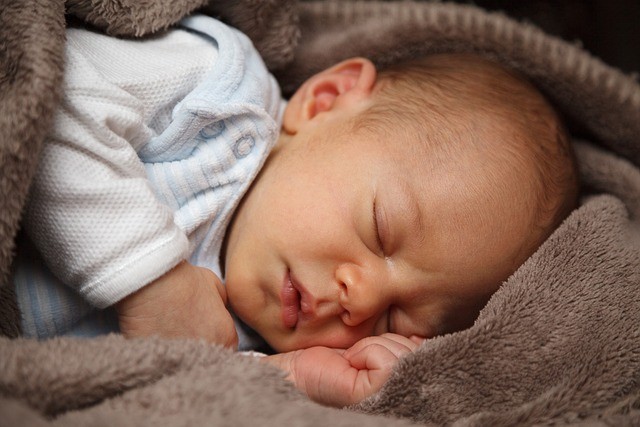
An artificial womb facility for designer babies, capable of growing 30,000 customized living babies, will soon become functional.
First Artificial Womb Facility
In 1978, Britain's Louise Brown became the world's first IVF baby, made from the father's sperm and the mother's egg and fertilized in a petri dish. The fertilized embryo was then planted into a female's womb, either the biological mother or a surrogate, and the baby was born in due course, reported MSN.
Presently, the globe's first-ever 'synthetic uterine production plant' is scheduled to carry a baby to nine months in a birth capsule. This same technology is expected so that the mother and father can choose the child's qualities, like eye color, tallness, and power, from such a menu, noted TVP world.
This gene modification would be conducted by employing the well-known CRISPR Cas-9 innovation.
The biotechnologist behind such a strange and crazy strategy at the womb factory named ECTOLIFE, Hashem Al-Ghaili, a Berlin-based biotechnologist and scientific knowledge communicator, asserts this would allow childless women to conceive a baby and be the 'true natural mother of their very own offspring, citing Times Now.
As stated by the founder, it is predicated on a plan of over fifty years of pioneering science studies. Ectolife is designed to reduce human misery and reduce the risk of C-sections. The process aims to eliminate premature births and C-sections of the past via an artificial womb.
Read Also : India Navy Gets Latest P-8I Submarine Hunters Aircraft to Boost its Anti-Submarine Warfare
He stated this varies depending on the ethics rules. Here and now, research using human embryos is not permitted for further than 14 days. Should these ethics be lessened, from 10 to 15 years, the service will be available worldwide, allowing a five-year media exposure and education campaign to help people become more open to the new technology.
Artificial Womb Baby's Development Process
According to Ghaili, the capsule is comparable to a mother's womb. When operational, a single building can start developing 30,000 research facility babies annually. A digital screen will enable anyone to view real-time data on the customized living babies' advancement.
The data can also be depicted via a smartphone. The detectors on the capsules can supervise and display the child's vitals, such as pulse, heat, blood pressure, respiration, and oxygen levels.
The baby may also listen to a list of songs that the parents choose. If parents decide, possible genetic irregularities also are detected by the Artificial Intelligence (AI) configuration.
Each pod group is connected to two central bioreactors. One bioreactor will constitute a liquid solution that imitates the amniotic fluid which envelops fetuses in the woman's uterus. A second bioreactor is designed to dispose of any waste products produced by the babies and relocated through a synthetic umbilical cord. When the baby is at full term, it can be born with the push of a button, and the baby can be removed from the pod.
However, a recent poll reveals that about 80% who participated do not support the idea and want to let nature reproduce normally. An artificial womb facility designed to produce 30,000 customized living babies in a year is something to look forward to in the future.
Related Article : India Increasing the BrahMos Supersonic Missile Range with Russian Onyx System Upgrade









